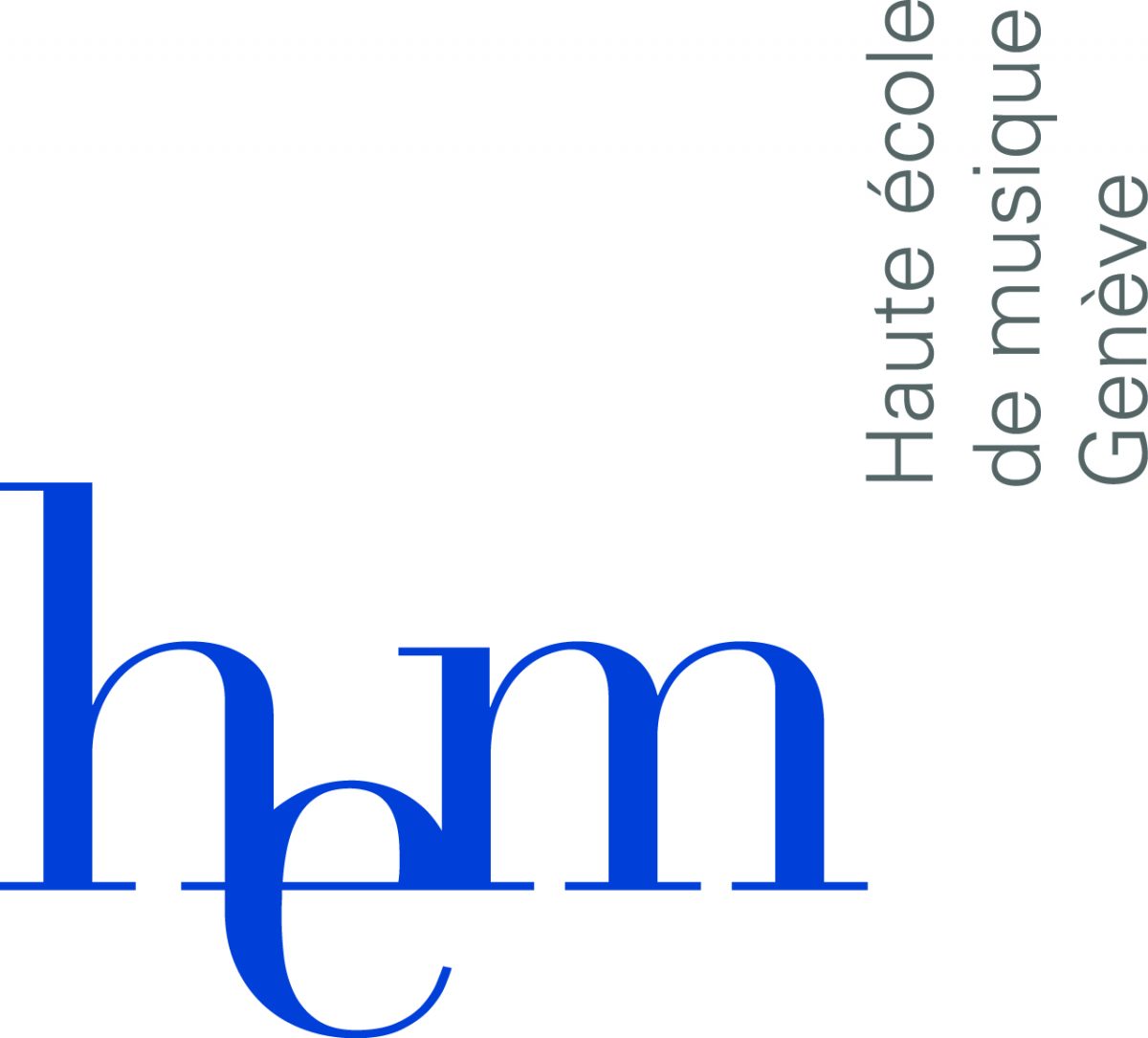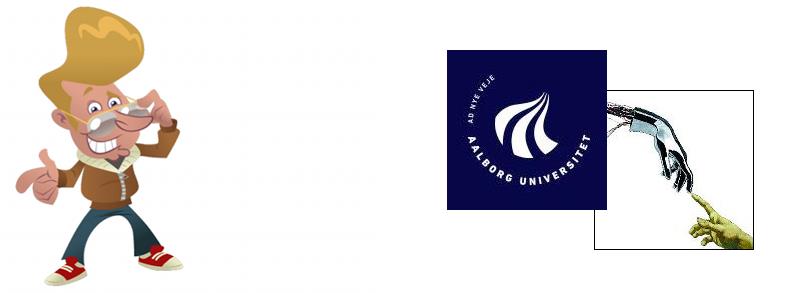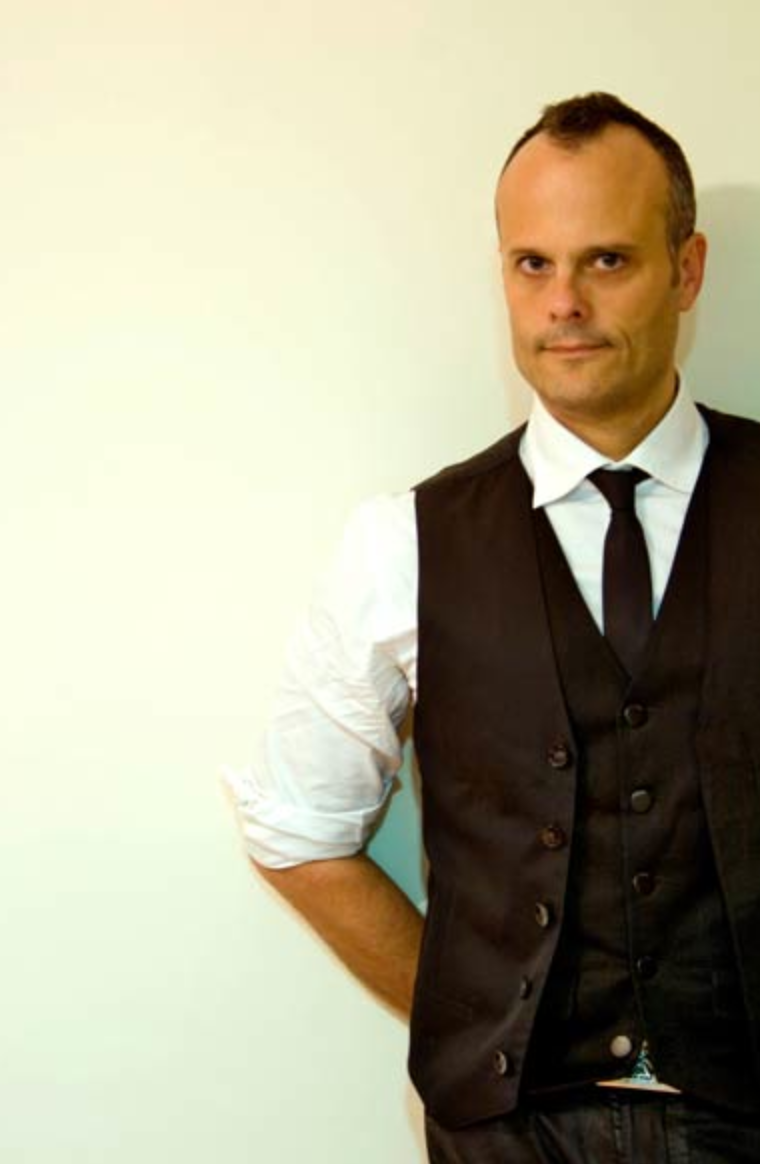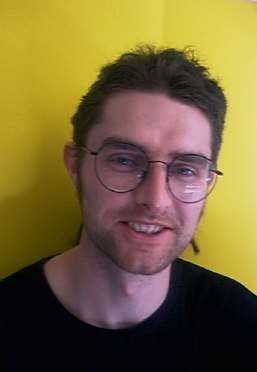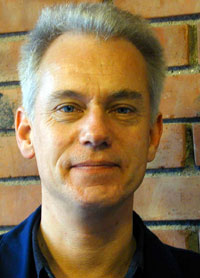Associate Professor Sofia Dahl has been invited to speak at the International Colloquium “Music, Gestures and Emotions” in Geneva in June. See more about the event here: http://www.affective-sciences.org/Colloquium_MusicalGestures
Category: Talks
Art Of Crime: Micro Game Development and Collaborations with Medialogy
On friday the 19th of April from 14:00-15:00, Mike Sjørslev Khamphoukeo and Theis Dinesen will give a talk about possible collaborations with the game company Art Of Crime (http://artofcrime.com/).
The company is open for collaborations during the semester projects, this is normally possible during the 9th semester but it could be of interest to all Medialogy students.
Mike and Theis will present the company, their working model and will give some examples of micro games that could be developed by you.
The Talk will be given in the main AAU-CPH building in the auditorium (room 1.008) from 14:00-15:00. – see more here: http://www.facebook.com/events/162826440546961/?context=create#
Francisco Negrin gives talk on April 3rd
Francisco Negrin (http://www.negrin.com/francisco/), an award winning stage director who has been working with major opera houses and pop stars, will give a talk at Medialogy CPH tomorrow April 3rd at 17:30 in the main Auditorium at A.C. Meyers Vænge 15. The talk is entitled:
“Collaborating with media technology creators in theatrical events”.
Professor Stefania Serafin invited keynote at HCI Korea
Medialogy professor Stefania Serafin is one of the international invited speakers at the 2013 HCI Korea conference. The complete list of invited keynote speakers can be found here: http://hcikorea.sql.co.kr/2013/01_KeynoteSpeakers.asp
Research Seminar Thursday by Dr. Purwins
Invited talk by Stephen Brewster
Title:
Multimodal mobile interaction – making the most of our users’ capabilities
Abstract:
Mobile user interfaces are heavily based on small screens and keyboards. These can be hard to operate when on the move which limits the applications and services we can use. This talk will look at the possibility of moving away from these kinds of interactions to ones more suited to mobile devices and their dynamic contexts of use where users need to be able to look where they are going, carry shopping bags and hold on to children at the same time as using their phones. Multimodal (gestural, audio and haptic) interactions provide us new ways to use our devices that can be eyes and hands free, and allow users to interact in a ‘head up’ way. These new interactions will facilitate new services, applications and devices that fit better into our daily lives and allow us to do a whole host of new things.
I will discuss some of the work we are doing on input using gestures done with fingers, wrist and head, along with work on output using 3D sound and haptic displays in applications such as for mobile devices such as text entry and navigation. I will also discuss some of the issues of social acceptability of these new interfaces; we have to be careful that the new ways we want people to use devices are socially appropriate and don’t make us feel embarrassed or awkward.
Invited talk by Rolf Inge Godøy
Title:
Quantal elements in musical experience
Abstract:
The aim of my talk is to present a model for understanding unit formation, what we prefer to call chunking, at short-term timescales in musical experience, typically in the duration range of approximately 0,5 to 5 seconds. The idea is that at these short-term timescales, chunks of sound and associated body motion are perceived and conceived holistically, hence demonstrate what may be called quantal elements in musical experience. Very many salient musical features for identifying style, motion and affect, can be found at such short-term timescales (and sometimes at even shorter timescales as suggested by Gjerdingen and Perrott 2008). A better understanding of such quantal elements in musical experience could be useful in the fields of music perception, music analysis, and music information retrieval, as well as in various practical artistic and educational contexts.
Guest Lecture by Kari Kallinen
Today the 9th of January we have a guest lecture presentation by Kari Kallinen who is special researcher and project manager of M.I.N.D Lab, Aalto University School of Economics in Finland. The title of his presentation will be:
“Measuring human experience in multimodal media contexts”
Everyone is welcome!!
Room Acm15 C1/2.1.009, January 8th 2013 at 13:00
Invited talk by Evan Suma
Title:
Exploring Impossible Spaces: Practical Illusions in Virtual Reality
Abstract:
Movement in 3D space presents one of the fundamental interaction challenges for the field of immersive virtual environments. Expansive virtual worlds, such as those commonly required by immersive training simulators, are typically too large to fit within practical real-world workspaces, making them impossible to fully explore through natural physical body movement. In this talk, I will describe a series of virtual reality experiments that investigated the use of perceptual illusions to address this limitation, thereby forming “impossible spaces.” By leveraging phenomena such as change blindness and topological violations of Euclidean space, these illusions can be used to fool the senses into experiencing an expansive virtual environment, despite the fact that users are unknowingly walking in circles in the real world. Results from our formal studies have shown these manipulations to be extremely subtle and effective, thereby empowering natural locomotion for use in a wider range of practical environments and situations.
Continue reading “Invited talk by Evan Suma”
Invitation to opening of Danish App Lab
On Thursday November 29th at 13:30 there will be an official opening of the Danish App Lab at Aalborg University Copenhagen.
Details about the opening…
More about the Danish App Lab…
